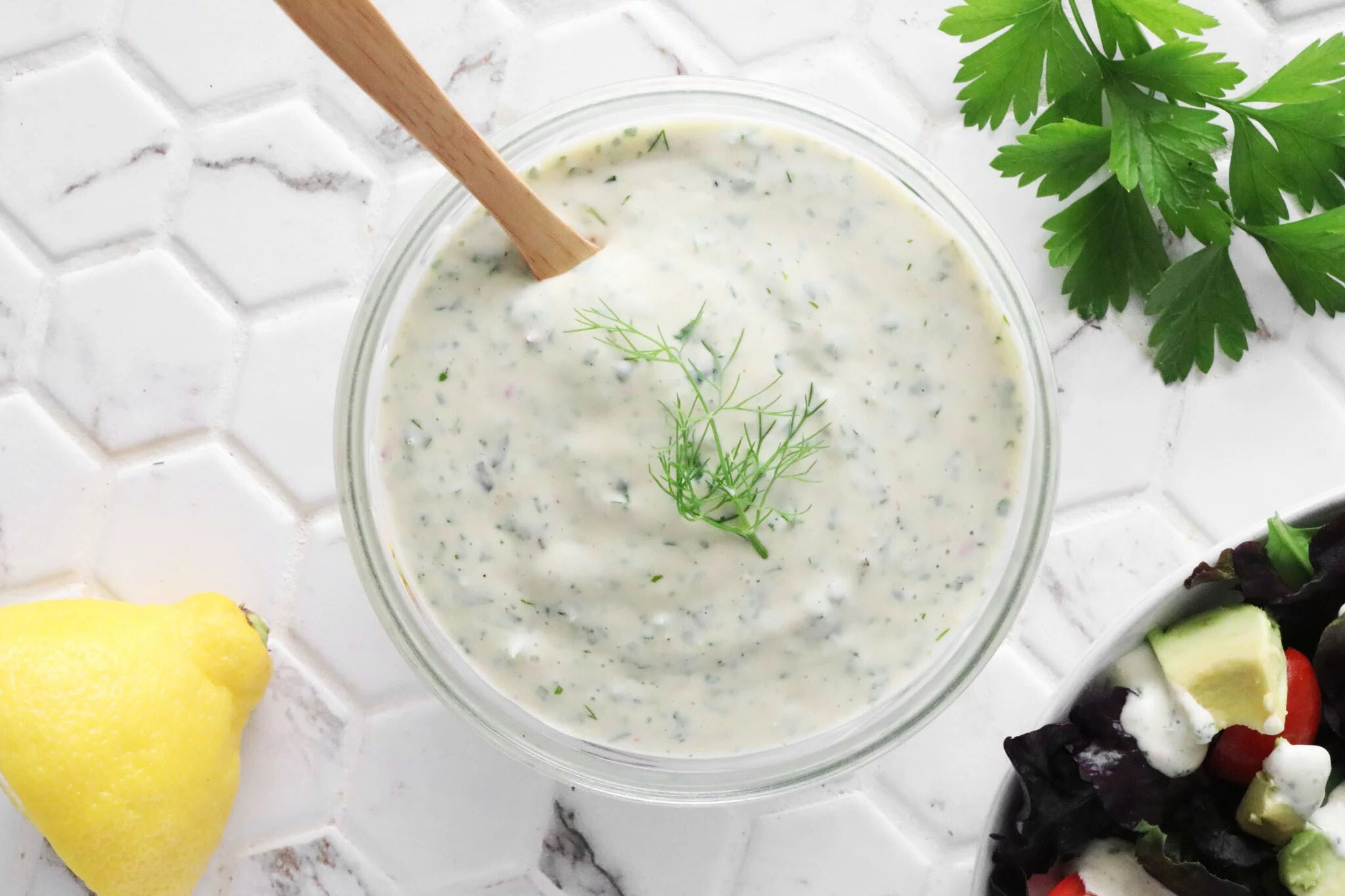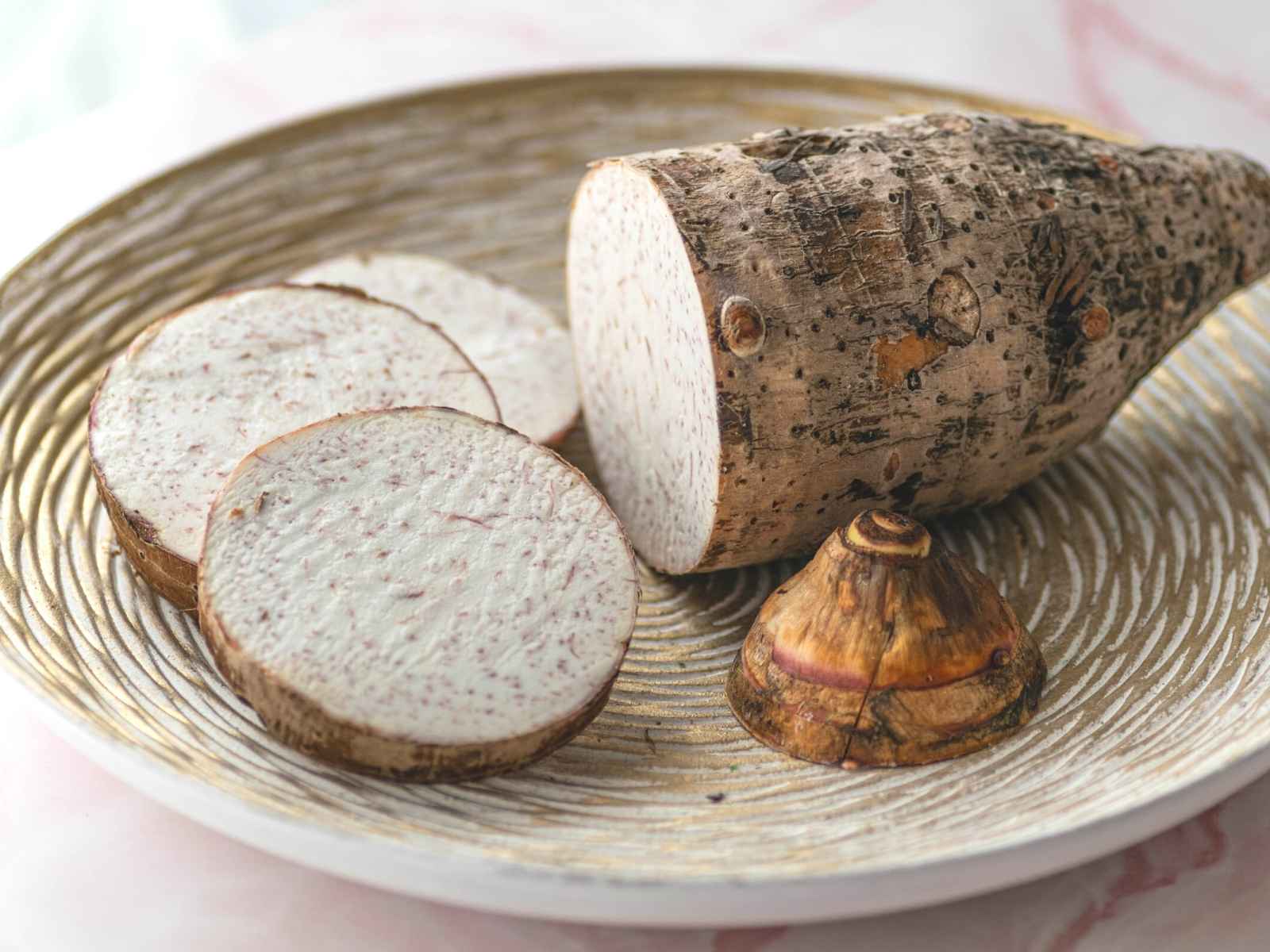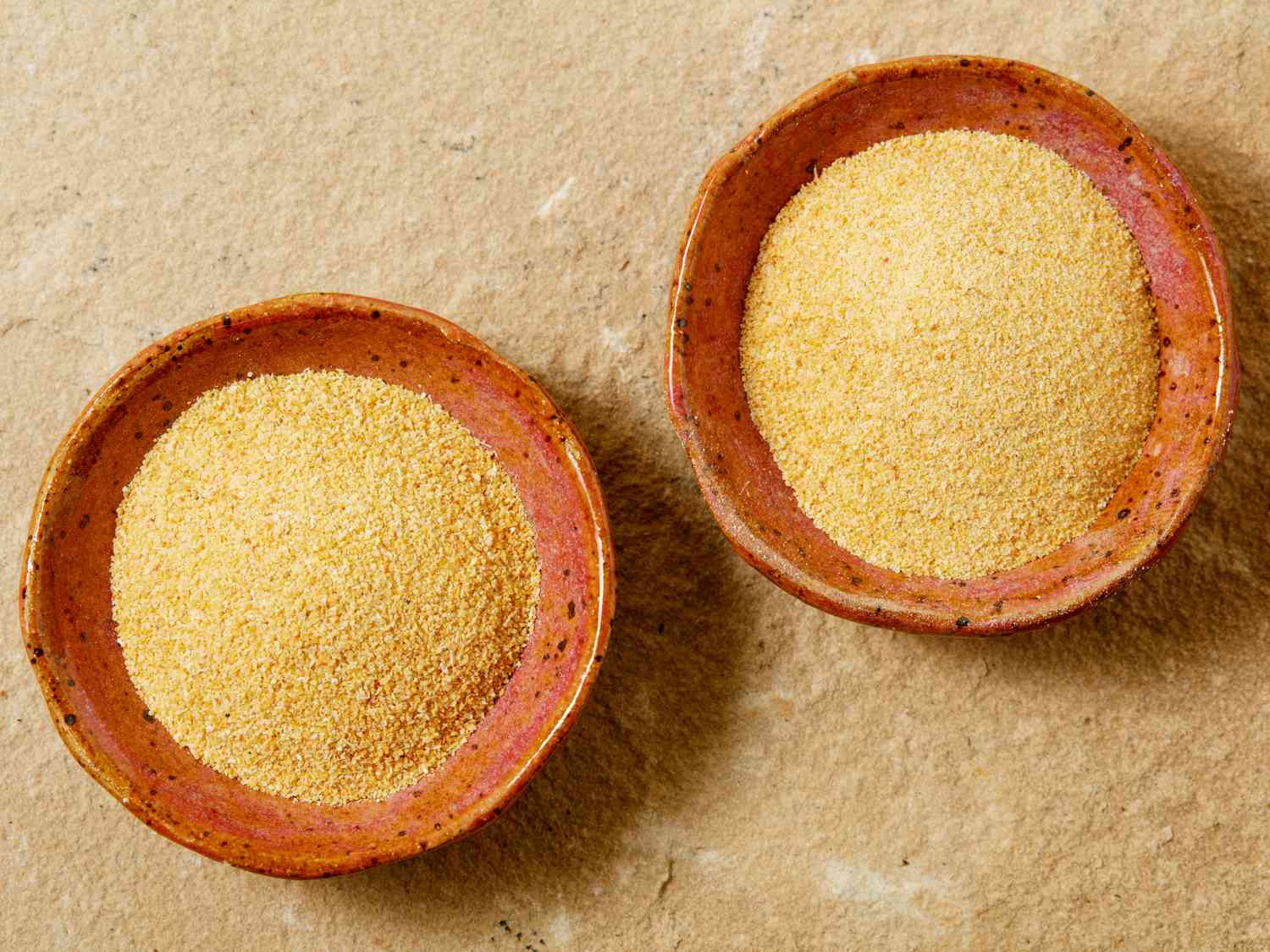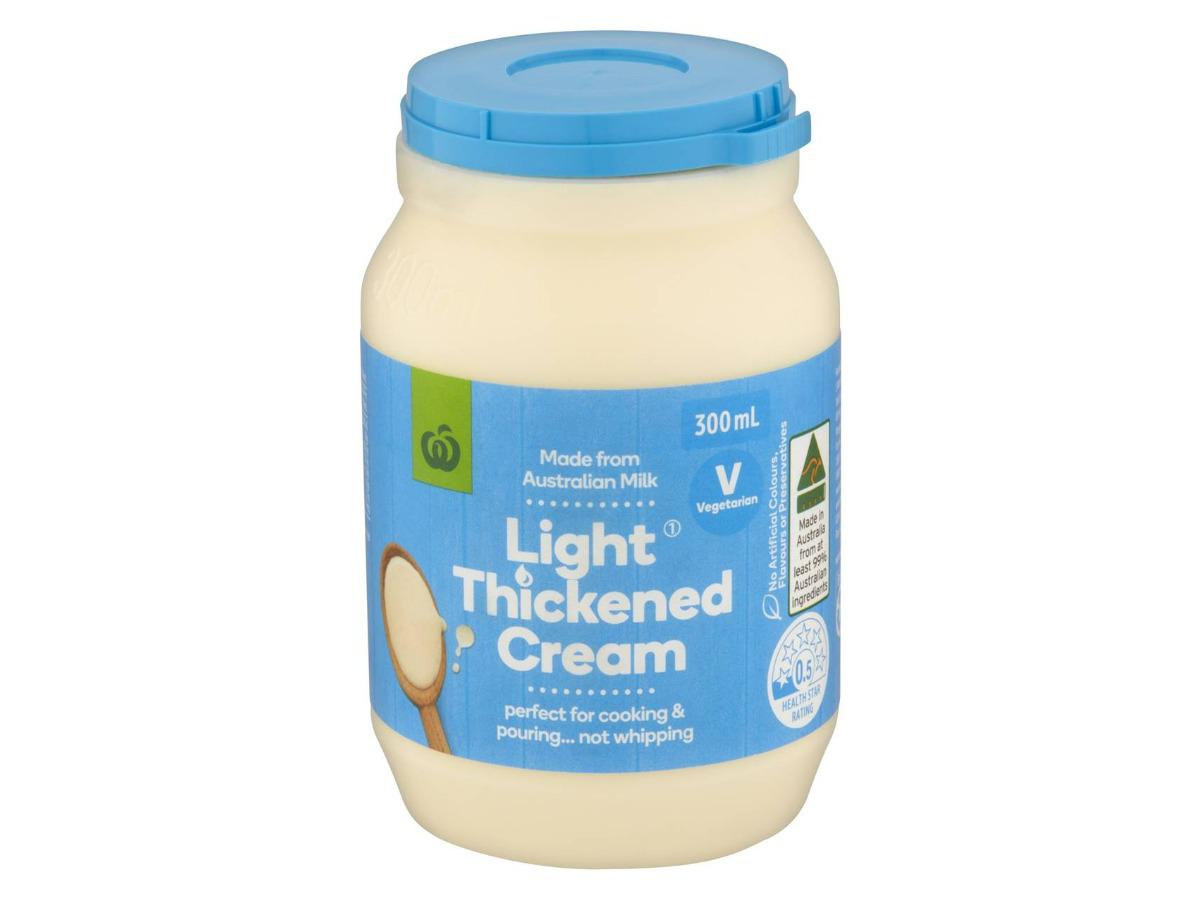Unveiling the Mystery of the Red Stuff in Lobster
Have you ever wondered about the red substance found in lobster? You’re not alone! Many people are curious about this mysterious component of one of the most delectable seafood delicacies. Let’s dive into the world of lobsters and uncover the truth about the red stuff.
What Is It?
The red substance found in lobsters is called tomalley. It is the lobster’s hepatopancreas, which serves as both the liver and pancreas. This soft, greenish-gray mass turns red when cooked, giving it the vibrant color that often surprises diners when they crack open a lobster.
Is It Safe to Eat?
While some people enjoy consuming tomalley for its rich, briny flavor, others prefer to avoid it due to concerns about potential toxins. The tomalley acts as a filter for the lobster, removing impurities from the water it inhabits. As a result, it can contain high levels of contaminants, including heavy metals and pollutants. For this reason, it’s recommended to consume tomalley in moderation, if at all.
Delicious Alternatives
If you’re not keen on trying tomalley, there are plenty of other delectable parts of the lobster to enjoy. Consider indulging in the succulent meat found in the lobster’s claws, tail, and legs. These tender morsels are prized for their sweet, delicate flavor and can be enjoyed on their own or as part of a mouthwatering seafood dish.
Health Benefits
Despite the concerns about potential contaminants, tomalley does offer some nutritional benefits. It is rich in vitamins and minerals, including vitamin A, zinc, and omega-3 fatty acids. However, it’s essential to balance these potential benefits with the risks associated with consuming tomalley.
Final Thoughts
The red stuff in lobster, known as tomalley, is a unique and polarizing aspect of this beloved crustacean. Whether you choose to savor it or opt for other parts of the lobster, understanding the nature of tomalley adds a layer of intrigue to the dining experience. As with any culinary adventure, it’s essential to approach it with an open mind and a willingness to explore new flavors and textures.
So, the next time you indulge in a sumptuous lobster feast, take a moment to appreciate the enigmatic red stuff and the role it plays in the culinary world.
Was this page helpful?
Read Next: What Is Temple Meat?











